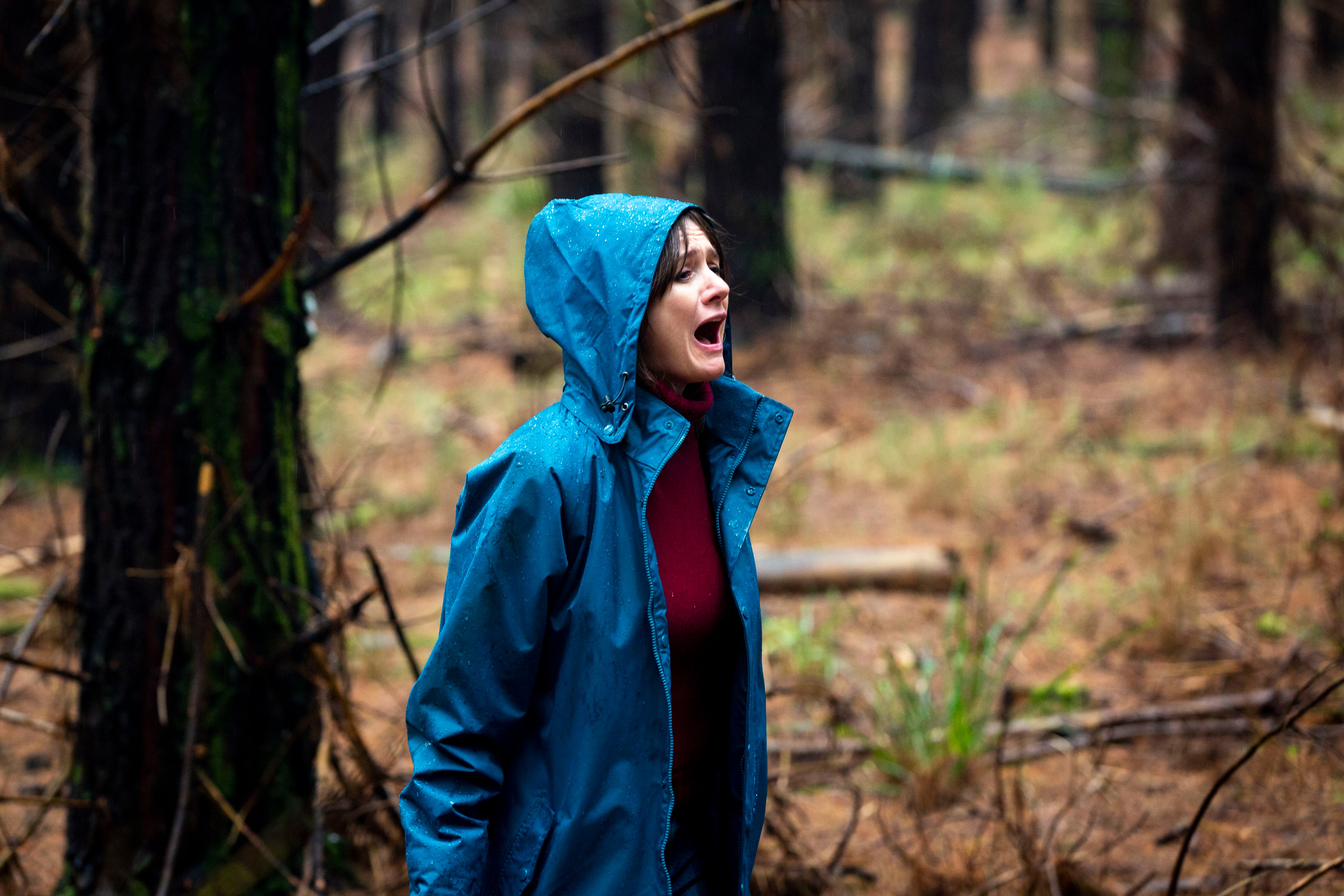Relic turns the creeping fear of dementia into unnerving horror
Natalie Erika James’s exquisite indie debut grew out of a visit to her grandmother in Japan – it will strike a terrifying chord with anyone who has watched someone they love start to lose their grip, says Alexandra Pollard


Your support helps us to tell the story
From reproductive rights to climate change to Big Tech, The Independent is on the ground when the story is developing. Whether it's investigating the financials of Elon Musk's pro-Trump PAC or producing our latest documentary, 'The A Word', which shines a light on the American women fighting for reproductive rights, we know how important it is to parse out the facts from the messaging.
At such a critical moment in US history, we need reporters on the ground. Your donation allows us to keep sending journalists to speak to both sides of the story.
The Independent is trusted by Americans across the entire political spectrum. And unlike many other quality news outlets, we choose not to lock Americans out of our reporting and analysis with paywalls. We believe quality journalism should be available to everyone, paid for by those who can afford it.
Your support makes all the difference.There’s a line in the just-released indie horror Relic that lands with frightening, devastating force. “It’s not her anymore,” says Emily Mortimer’s Kay as a grunting body, all broken bones and flayed flesh, heaves itself around the corner towards her. To anyone who has watched a loved one disappear to dementia, those words will be distressingly familiar. Later, they are repeated by Kay’s daughter Sam. “It’s not Gran any more.”
Director and co-writer Natalie Erika James started writing her exquisite horror debut on a plane, on the way to visit her own grandmother in Japan. Grappling with feelings of guilt and grief towards a woman whose body was still alive but whose mind was slipping away to Alzheimer’s, a woman she loved but felt she hadn’t made the time to see enough, James began crafting a story that might capture some of those complicated emotions. When she arrived, for the first time, her grandma didn’t know who she was.
Relic is about disappearance in all its forms, and it begins with one. Edna (Robyn Nevin), mother of Kay and grandmother of Sam (Bella Heathcote), has gone missing. For how long exactly, nobody knows; it’s been “a while”, Kay tells the police officer with thinly concealed shame, since they last spoke. When she travels to Edna’s home in rural Australia with her daughter Sam in tow, they find the house in a state of disrepair: there’s rotten fruit on the counter, hoarded boxes piled up, black mould on the walls. Edna has been leaving food out for a pet that is long-since dead. There are post-it notes littered around the place reminding her to flush the toilet and take her pills. One – somewhat more ominously – reads “don’t follow it”.
Then, suddenly, Edna returns, covered in dirt but seemingly unharmed – save for a dark-black “bruise” on her chest. “I suppose I went out,” she says, chippily, when Kay demands to know where she’s been. But something isn’t right. Gradually, that bruise spreads like the mould on the walls; the house becomes a maze from which escape seems impossible; and Edna swings unpredictably between reticent, loving, vacant and violent.
It is testament to James’s compassionate storytelling that even as Edna’s mind and body is taken over, she is not made out to be a monster. “It’s always been so important to me that we have a lot of empathy for Edna and what she’s going through,” James told The LA Times, “because that’s certainly how you feel when you have a loved one who is losing parts of themselves. I would really recoil at the idea that people would read it as her simply being evil.”
At one point, Kay walks in on Edna talking to herself in the mirror. “Sometimes they look at me and I… I don’t think it’s really them,” she’s saying. “They look like Kay and Sammy, but it’s not them. They’re pretending.” There is a mutual loss of recognition when someone has dementia. Just as loved ones become less and less familiar to the person suffering, so they become a near-stranger to those around them. It can be frustrating for everyone. “I’m not a project, Kay,” Edna tells Sam. “I’m Sam, Gran.” “I know who you are.”
In the last few years of her life, my own grandma would mix up family members, too. I think she knew us all, deep down, but generations became interchangeable. Despite keeping a labelled picture of every living relative to try to keep on top of things, she could remember an acquaintance from 70 years ago better than her own grandson, so they would merge in her mind. She was convinced that my brother Patrick regularly flew his plane (he doesn’t have one) to the Isle of Wight to come to see her. We used to joke that it was unfair – that he had earned brownie points for visits he hadn’t actually made. But there were real memories mixed up in her confusion: her own brother Percy, whom she often thought was still alive, had been a pilot. On one of our last visits, she pointed at me as I came into the room. “Who’s that?”
When Mortimer first read the script for Relic, she understood immediately why such a poignant premise was ripe for horror. “I don’t think there’s anything more horrifying in life,” she told an interviewer, “than watching someone you love die. That’s more scary than anything you could see in a movie. Yet it also has this cathartic depth and beauty and strangeness to it.”
Relic builds to a climactic 20-minute showdown that is among the most terrifying things I’ve seen this year. But at the film’s very end, there is a catharsis – and a gentle, heartbreaking confrontation with all the things that Kay has been running from. “I feel like we’ve almost been in denial about the one inevitable fact of all our lives, which is that we’re going to die,” said Mortimer. “Our western culture has been a bit scared to confront that.”

Watch Apple TV+ free for 7 days
New subscribers only. £8.99/mo. after free trial. Plan auto-renews until cancelled

Watch Apple TV+ free for 7 days
New subscribers only. £8.99/mo. after free trial. Plan auto-renews until cancelled
Relic isn’t. “My attempt with this film was to really sum up the essence of the experience emotionally,” said James. “And if it helps someone process the experience in a new way, or helps them conquer that fear, that would be pretty amazing.”
I have no doubt that it will.
Relic is out on Curzon Home Cinema and other streaming services now



Join our commenting forum
Join thought-provoking conversations, follow other Independent readers and see their replies
Comments